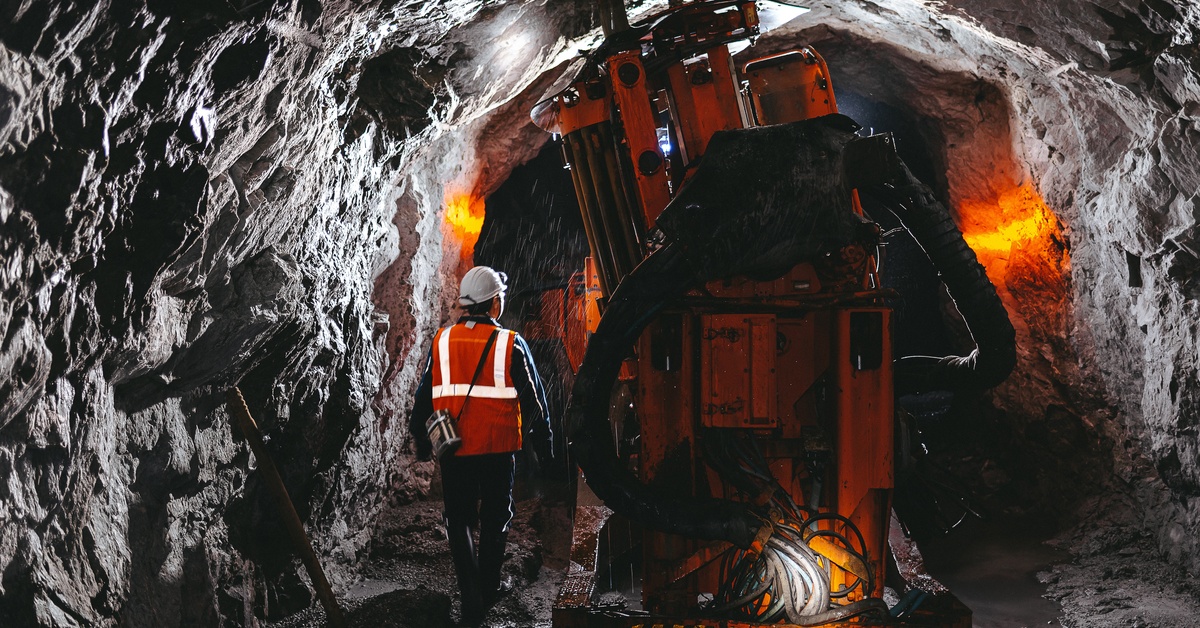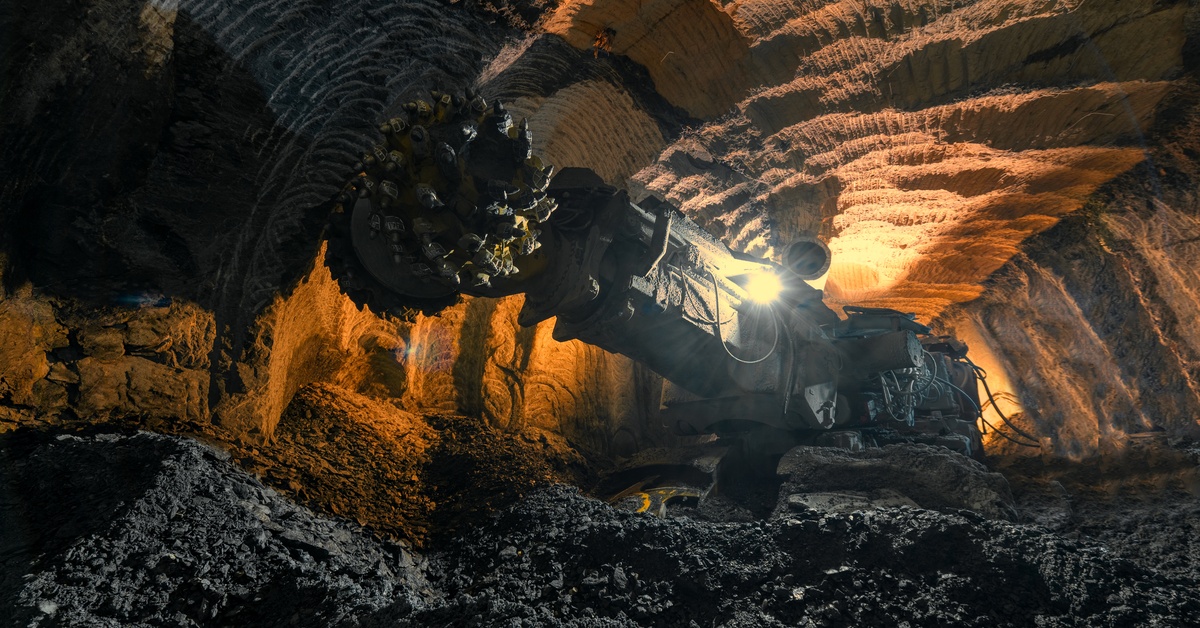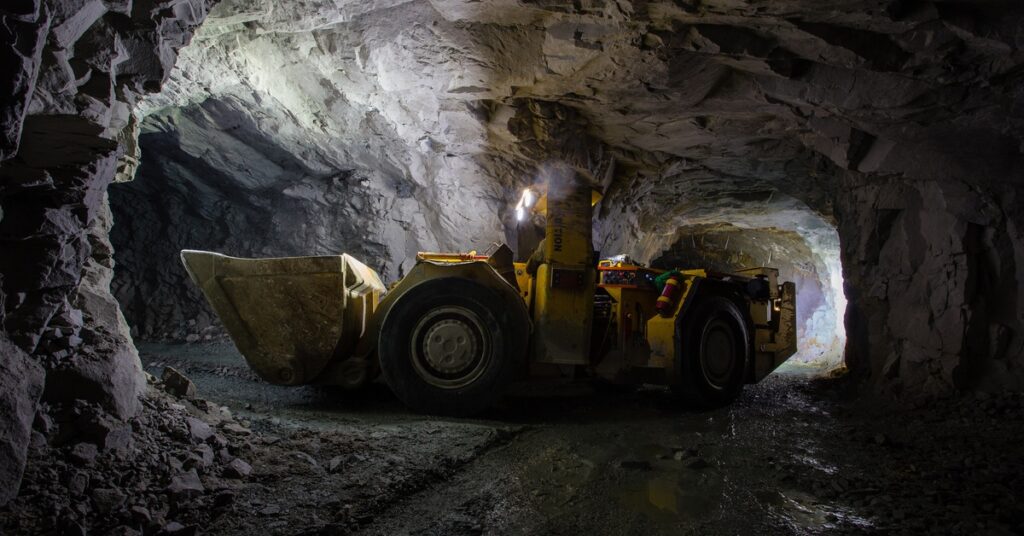When choosing powertrain components for mining engines, the options can seem overwhelming. Yet, having a reliable and efficient powertrain is critical for the success, productivity, and safety of your mining operation. Selecting the right components can mean the difference between smooth, efficient operations and costly downtime.
Do you know how to choose the right powertrain components for mining engines? Whether you’re upgrading your equipment or building from scratch, finding the right components can be easy when you know what you need.
Understand Your Mining Operations
Before diving into the specifics of powertrain components, you need a deep understanding of your mining operations. Every mining site is unique, and many factors will affect your equipment needs:
- Terrain
- Climate
- Equipment load capacity
- Extracted materials
- Duty cycle
For example, if your operations take place in high-altitude, cold climates, your off-highway machinery must withstand freezing conditions. If you’re working in hot, desert-like environments, the equipment needs cooling systems.
Additionally, the type of material you’re mining—whether it’s coal, gold, or iron ore—can determine the equipment you must use. Knowing these details will help you determine the ideal size and type of powertrain.
Consider the Engine
The engine is the heart of any mining machine. It plays a key role in the performance, efficiency, and longevity of your equipment. When choosing an engine, consider the following factors:
- Horsepower
- Torque
- Fuel efficiency
- Compliance with emissions regulations
For mining operations, robust engines with high horsepower and torque are usually the best since they can handle the extreme loads of heavy equipment. Also, think about ease of servicing and maintenance. A reliable engine should be straightforward to service and have widely available spare parts.

Evaluate Transmission Options
The transmission sends power from the engine to the wheels or tracks, and it affects the efficiency and usability of your mining equipment. Depending on your needs and budget, you might opt for manual, automatic, hydrostatic, or electric transmissions. Manual transmissions provide durability and control, making them ideal for moving on steep terrains and doing heavy-duty tasks.
Automatic transmissions, on the other hand, offer smoother operation and are easier for mining operators to use. Hydrostatic transmissions can provide precise control for complex operations, while electric transmissions are popular for their efficiency and low environmental impact. When selecting a transmission for your off-highway equipment, consider the work you do and the related maintenance costs.
Choose the Right Axles
Axles also help with transferring power from the transmission to the wheels or tracks while supporting the weight of the mining vehicle. Heavy-duty axles that can withstand extreme loads and rugged terrains are essential for mining operations. Consider the gross vehicle weight, its load capacity, and the conditions of your site.
For example, if your mining site has uneven or rocky terrain, your equipment may require axles with enhanced stability and shock absorption. When you invest in high-quality axles that reduce wear and tear on your vehicle, you improve its lifespan and minimize the risk of failures during mining operations.
Don’t Overlook Driveline Components
Driveline components—driveshafts, differentials, and final drives—support smooth power transfer between the engine and the wheels or tracks. These components are often under immense stress, especially when mining raw materials. Choosing high-quality and durable components is necessary for minimizing the risk of breakdowns.
Look for driveline systems suitable for heavy-duty use and capable of withstanding harsh environments, such as exposure to dust, moisture, and extreme temperatures. High-quality driveline components enhance performance and improve safety, guaranteeing reliable power delivery.
Factor in Vibration and Shock Absorption
Mining exposes equipment to constant vibration and shocks that can quickly wear out components. To counter this, look for powertrain components with vibration dampening and shock absorption features.
Rubber mounts, cushion couplings, and reinforced housings are just a few examples of technologies that can reduce the impact of vibration on your equipment. When you invest in components that minimize wear and tear, you can extend the lifespan of the powertrain and reduce the frequency of maintenance and repairs.
Consider the Total Cost of Ownership
While it’s important to consider short-term costs, you must also think about the total cost of ownership (TCO) when selecting powertrain components. TCO includes the purchase price and ongoing expenses, such as maintenance, repairs, fuel consumption, and replacement costs.
High-quality components may have a higher initial cost but can save you money in the long run by reducing downtime, improving fuel efficiency, and extending the lifespan of your equipment. Weigh the long-term benefits against the initial investment to make the most cost-effective decision.
Think About Customization Options
Your powertrain components should reflect the unique demands of your site. Look for manufacturers that offer customization options so you can tailor components like engines, transmissions, and axles to your specifications. Customization can help you achieve better efficiency, performance, and safety. Each mining operation is unique, so looking for engine components that you can customize will help you meet the unique demands of your site.

Keep Maintenance in Mind
Regular maintenance supports the longevity and performance of your equipment’s powertrain components. Before making a selection, consider the maintenance requirements and associated costs of each component. Look for components that make maintenance easy, with features such as easily accessible service points and modular designs. When maintenance is easy, you can maintain the equipment’s powertrain, improve performance, and reduce the risk of unexpected failures.
Prioritize Safety
Safety should always be a top priority in mining operations. When selecting powertrain components, consider built-in fire suppression systems, rollover protection, and ergonomic designs that enhance operator safety. By prioritizing safety, you can reduce the risk of accidents that could lead to costly downtime and injuries.
Choosing powertrain components for mining engines requires careful consideration of various factors. Thankfully, when you understand your specific mining operations and know what to prioritize, you can select the right components for optimal performance and efficiency. If you’re interested in Clark transmission parts for your mining operation, check out Bull Powertrain! We can help you get equipment and service your existing equipment, making your operations run smoothly and efficiently!

